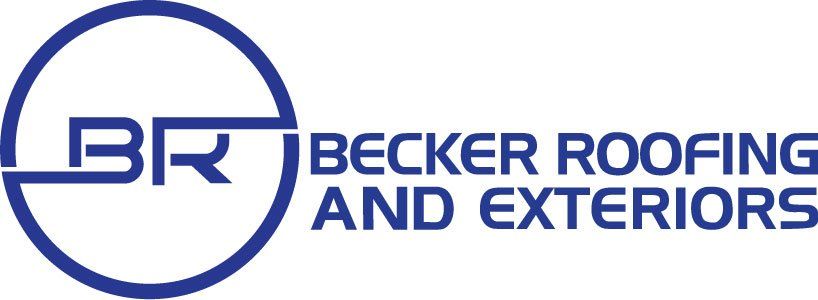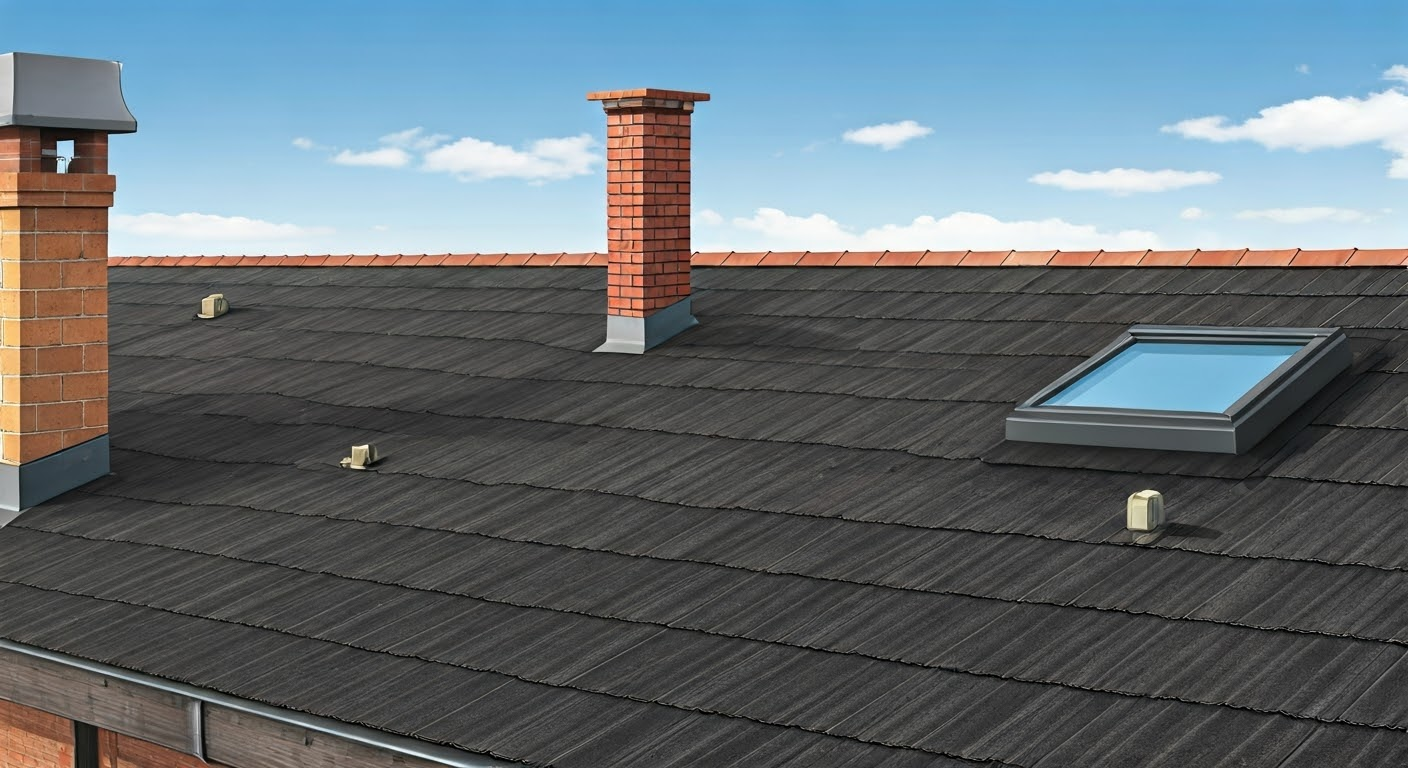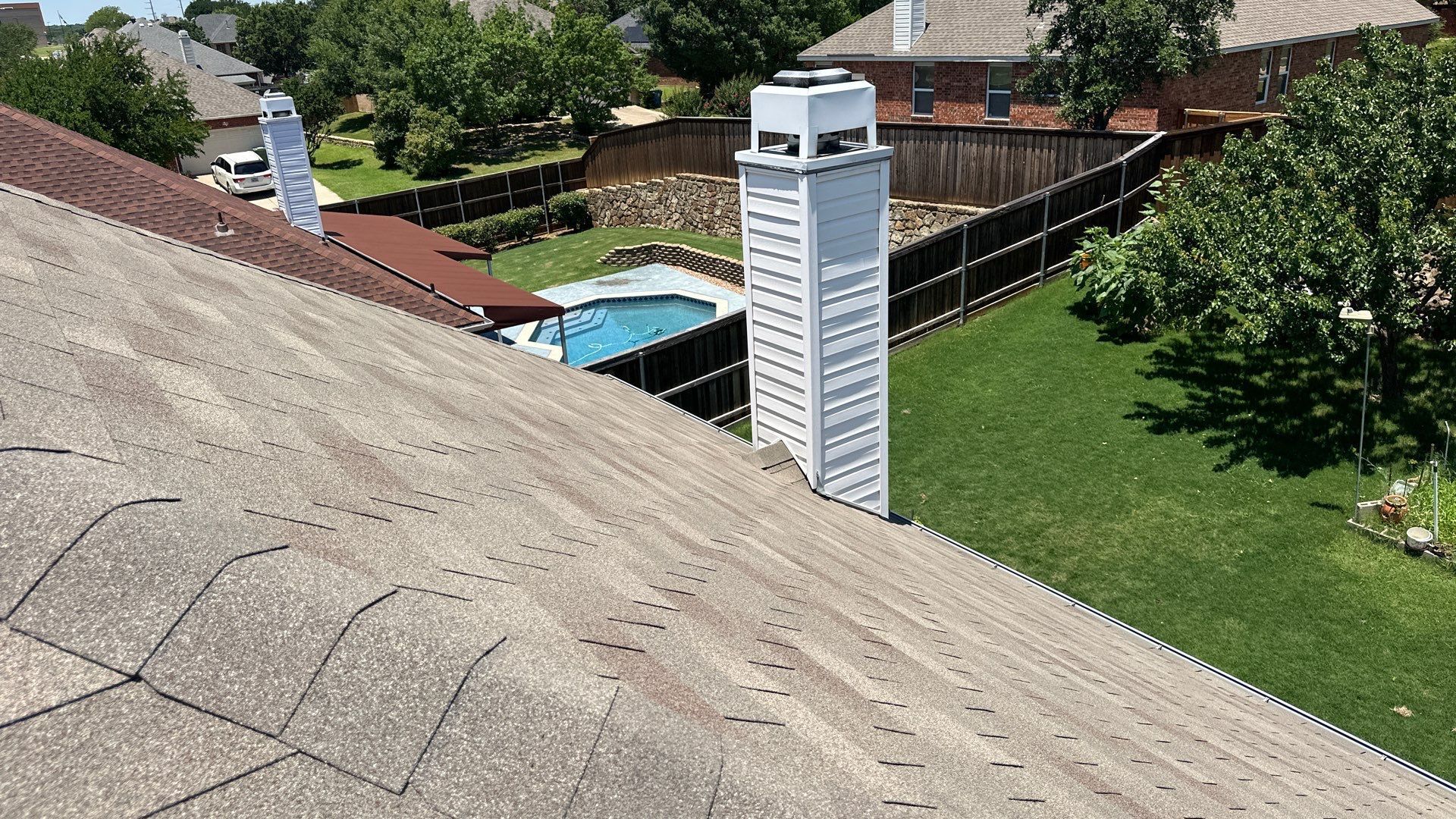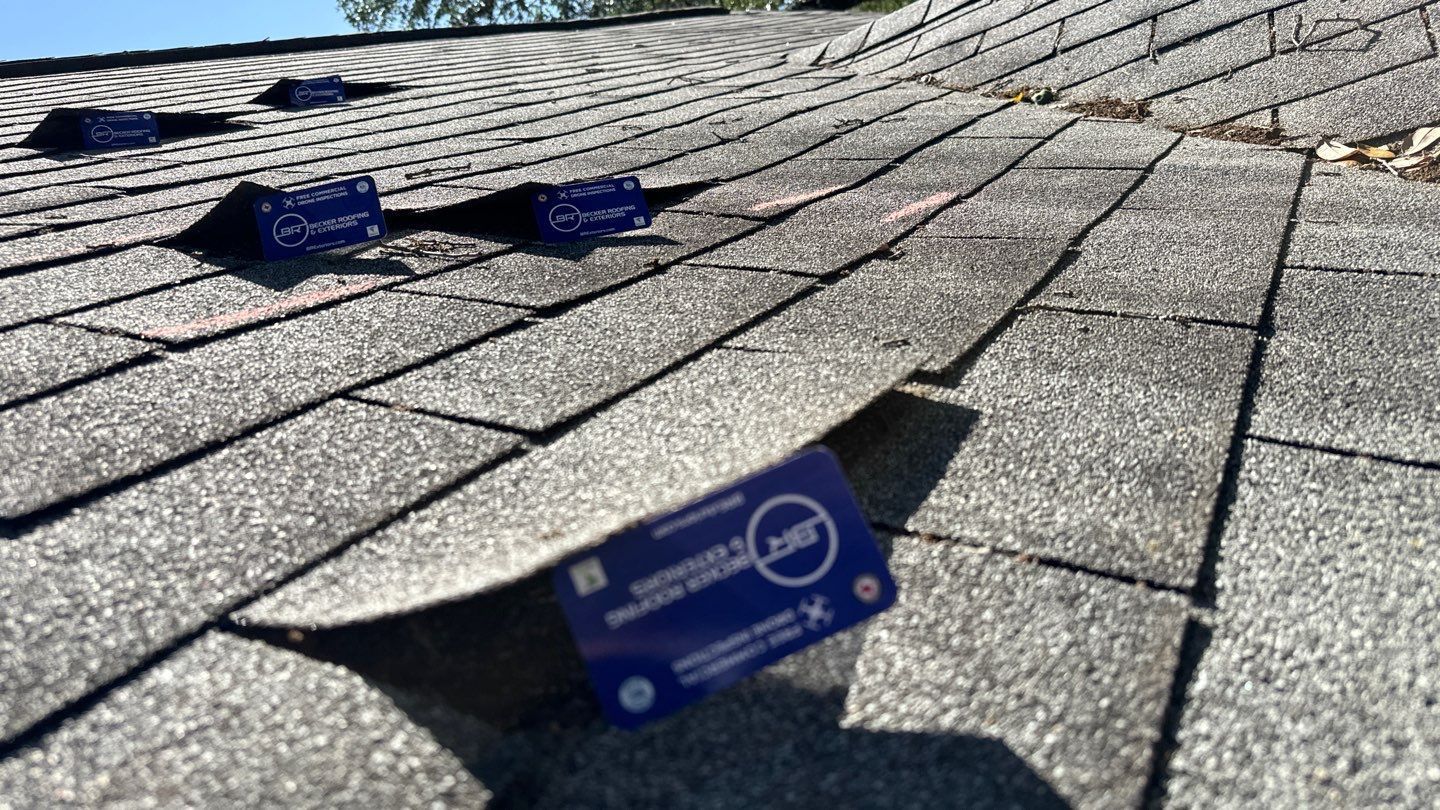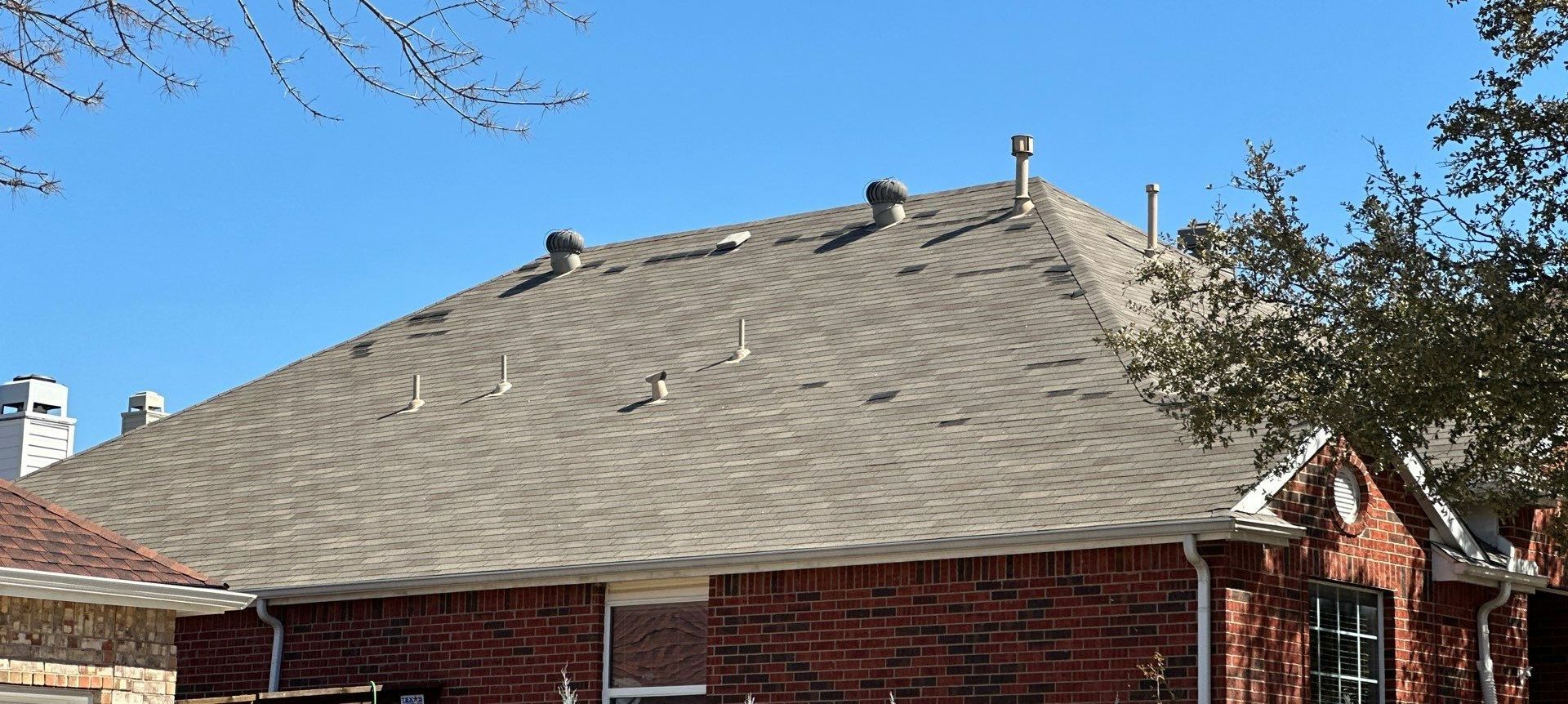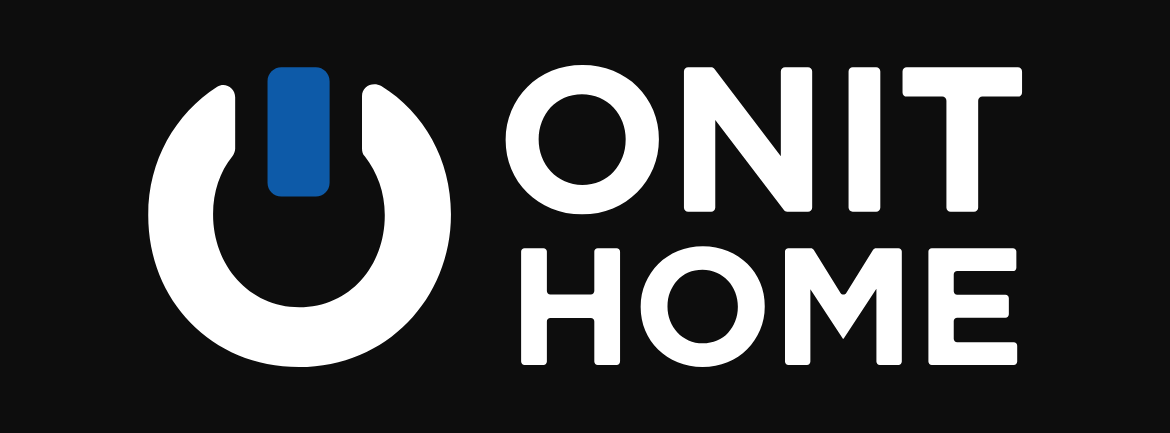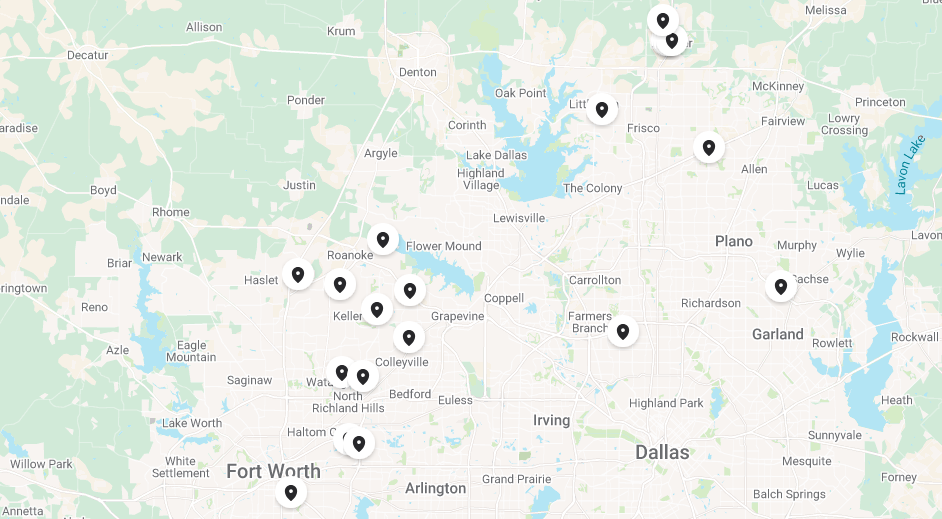Fort Worth Insurance Claims Guide: Roof Damage Neglect Tips
Roof damage neglect on insurance claims in Fort Worth? Our guide offers insights on navigating the process effectively.

Key Highlights
- Understanding the importance of insurance claims for roof damage in Fort Worth
- Types of roof damage covered by insurance, including metal roofing and asphalt shingles
- The significance of timely claims after roof damage to avoid costly repairs
- Steps to document roof damage for insurance claims, including roof inspections and photographs
- When to call a professional for roof inspection and how they can help assess the extent of damage
- Navigating insurance claim process for roof damage in Fort Worth, including working with a roofing contractor and understanding the claim process
Introduction
When facing roof damage neglect on insurance claims in Fort Worth, understanding the nuances of the process becomes crucial. From assessing the extent of damage to navigating insurance claims smoothly, every step requires attention to detail. Roof damage comes in various forms, from missing shingles to extensive water leaks. Knowing how to document and report these issues promptly can make all the difference in the insurance claim procedure. This guide aims to unravel the complexities of dealing with roof damage and insurance claims in Fort Worth.
Understanding Roof Damage and Insurance Claims
Roof damage can vary from missing shingles to extensive damage, potentially affecting your insurance claims. Understanding the types of damage covered by insurance is crucial for timely claims. Assessing damage promptly and documenting it thoroughly can streamline the claims process. Recognizing the difference between repair and replacement options is key. Navigating insurance claims for roof damage in Fort Worth involves filing claims correctly, working with adjusters, and considering factors that influence repair decisions. Being informed about these aspects can greatly impact your insurance coverage.
Types of Roof Damage Covered by Insurance
While insurance coverage varies, common types of roof damage covered include leaks from wear and tear, damage from falling trees or branches, and severe weather-related destruction like hail or wind. Insurance may also cover damage resulting from fire, vandalism, or sudden accidents. It's important to carefully review your policy to understand the specific types of roof damage that are covered to ensure you can make a successful claim when needed.
The Importance of Timely Claims After Damage
Filing insurance claims promptly after roof damage is crucial to avoid complications. Timely action can prevent issues like further damage escalation or claim denial. Insurance companies often require immediate reporting of damages to assess validity and expedite the repair process. Delays may lead to difficulties in proving the cause of damage or impact the claim amount. By acting swiftly, homeowners can ensure a smoother claims process and quicker resolution of their roofing issues.
Assessing the Damage: What to Do First
Assessing the damage: what to do first: When faced with potential roof damage, the initial step is crucial. Begin by inspecting the roof for signs of wear, such as missing shingles or leaks. Document all findings meticulously, including photographs and written descriptions. If the damage appears severe or beyond your expertise, contact a professional roofer to conduct a thorough inspection. Taking prompt action can prevent further issues and streamline the insurance claims process. Remember, early assessment is key to resolving roof damage efficiently.
How to Document Roof Damage for Claims
Start by thoroughly inspecting your roof, noting any missing shingles, dents, or leaks. Take detailed photographs from multiple angles to document the extent of the damage. Keep a log of all observations and include measurements of affected areas in square feet. It's crucial to timestamp your documentation and organize it neatly for easy reference during the claims process. Additionally, consider engaging a professional roofer to provide a comprehensive assessment report to supplement your records.
When to Call a Professional for Roof Inspection
If you notice signs of potential roof damage such as missing shingles, extensive damage, or a small leak, it is crucial to call a professional roofer for a thorough inspection. Additionally, if your roof is nearing the end of its lifespan or if you are unsure about its condition, contacting a roofing contractor for an evaluation is advisable. Timely inspections can help identify issues early, preventing costly repairs and ensuring the longevity of your entire roof. This is especially important for areas like the attic, where leaks may not be immediately visible and can cause extensive damage if left unchecked.
Navigating Insurance Claims for Roof Damage in Fort Worth
When dealing with insurance claims for roof damage in Fort Worth, strategic steps are essential. File the claim promptly with detailed documentation of the damage. Expect to work closely with insurance adjusters through the process. Understanding the evaluation criteria for repair versus replacement is crucial for a successful claim. By following the required steps and being proactive, you can navigate insurance claims effectively and maximize your coverage benefits.
Steps to File a Roof Damage Claim
After assessing your roof damage, the first step to file a claim is contacting your insurance company in Fort Worth, TX. Provide details such as the type and extent of damage, policy information, and date of loss. Document the damage with photographs or videos. Fill out the necessary forms promptly, accurately, and honestly. Understand any time limits for filing claims in Fort Worth, Dallas, or other areas in Texas. Keep records of all communication with your insurer and seek guidance from a professional roofer if needed.
Working with Insurance Adjusters: What to Expect
Insurance adjusters play a crucial role in assessing roof damage claims. When working with them, expect a thorough inspection of the damage. They will evaluate the extent of the damage, considering factors like roofing materials, square footage, and labor costs. Adjusters may also review your policy coverage, deductibles, and any previous claims. Communication is key during this process to ensure a fair assessment and timely resolution. By understanding what to expect from insurance adjusters, you can navigate the claims process more effectively.
Repair vs. Replacement: Making the Right Decision
Repair vs. Replacement: Making the Right Decision
When faced with roof damage, deciding between repair and replacement is crucial. Factors such as extent of damage, roof age, and overall costs influence this choice. Repair may be suitable for minor issues like missing shingles, while extensive damage might necessitate a full replacement. An inspection by a professional roofer can help determine the best course of action that aligns with your roof's useful life and your budget, as well as maintaining your home's curb appeal. Making the right decision early can save you from costly repairs or roof replacement costs down the line.
Factors Influencing Repair or Replacement Decisions
When deciding between repair or replacement for your roof, several factors come into play. The extent of the damage, the age of the roof, and overall cost considerations are key influencers. Factors like the useful life remaining, the type of roof materials used in the roof system, and any previous repairs or maintenance also weigh in. Consulting with a professional roofer to assess the best option based on these factors, including the potential cost of several thousand dollars or more, can help you make an informed decision.
How Insurance Companies Evaluate Repair vs. Replacement
Insurance companies typically evaluate repair versus replacement based on several factors. They consider the extent of damage, the age of the old roof, and the overall cost implications of each option. Factors such as the useful life of the roof, the type of materials used, and the square footage needing attention all play a role in their decision-making process. Ultimately, insurance companies aim to find the most cost-effective solution that restores the roof's functionality while considering the long-term durability and value for the homeowner. In some cases, this may mean opting for a replacement with more durable materials, such as slate roofs, which can last up to 150 years.
Additional Damages and Insurance Coverage
Interior damage caused by roof leaks may be covered by insurance policies. Understanding your coverage is crucial, especially when it comes to damages caused by moisture. If secondary damages occur before repairs, it's essential to document them thoroughly for your claim. Additional costs from these damages should also be included in your claim submission to ensure full coverage. Consider consulting with a professional roofer to assess and document all damages accurately, enhancing the probability of a successful claim.
Interior Damage Due to Roof Leaks: Is It Covered?
Interior damage caused by roof leaks is a common issue for homeowners. When a roof develops a leak, water can seep into the interior of the home, causing damage to ceilings, walls, and floors. This can lead to costly repairs and potentially pose health risks due to mold growth and lack of proper insulation. Many homeowners wonder if this type of damage is covered by insurance.
In most cases, interior damage caused by roof leaks is covered by homeowners' insurance policies. However, it's important for homeowners to review their policy and understand the specific coverage and limitations. Some policies may have limitations on the amount of coverage for interior damage, while others may exclude certain types of damage, such as mold. It's recommended that homeowners contact their insurance provider to clarify coverage and file a claim if necessary.
What Happens if Secondary Damages Occur Before Repairs?
Secondary damages can occur if roof repairs are delayed. When a roof is damaged and not promptly repaired, water can continue to infiltrate the interior of the home, causing additional damage. This can lead to more extensive repairs and potentially impact insurance claims.
If secondary damages occur before repairs are made, homeowners may still be able to file an insurance claim. However, it's important to document the damages and provide evidence of the cause. Insurance companies may require proof that the damage was a direct result of the initial roof damage. It's recommended that homeowners contact their insurance provider as soon as secondary damages are discovered to discuss the situation and determine the next steps. Timely repairs are crucial to prevent further damage and ensure a successful insurance claim.
The Role of Roofing Contractors in Insurance Claims
Roofing contractors play a crucial role in insurance claims related to roof damage. They are experienced professionals who can accurately assess the extent of the damage and provide detailed documentation of the repairs needed. Insurance companies rely on this information to process claims and determine coverage.
When filing an insurance claim, homeowners should hire a reputable roofing contractor who has experience with insurance claims. These professionals from roofing companies can perform thorough roof inspections, provide detailed estimates, and communicate directly with the insurance company. They understand the requirements and procedures involved in the claims process and can ensure that homeowners receive the coverage they are entitled to.
Choosing the Right Contractor for Roof Repair or Replacement
Choosing the right roofing contractor is essential for successful roof repair or replacement. Homeowners should consider several factors when selecting a contractor.
Firstly, homeowners should look for a contractor with experience in roof repair or replacement. They should ask for references and check online reviews to ensure that the contractor has a good reputation and satisfied previous clients.
Additionally, homeowners should verify that the contractor is licensed, insured, and bonded. This protects homeowners in case of accidents or damages during the repair or replacement process.
Lastly, homeowners should obtain multiple quotes from different contractors and compare the services offered and the prices. This allows homeowners to make an informed decision and choose the contractor that best fits their needs and budget. By taking the time to select the right contractor, homeowners can ensure that their roof repair or replacement is completed successfully and to their satisfaction.
How Contractors Can Assist with Insurance Claims
Contractors can provide valuable assistance with insurance claims related to roofing projects. They are experienced in working with insurance companies and can help homeowners navigate the claims process.
Firstly, contractors can conduct thorough inspections and document the damages to provide to the insurance company. They can assess the extent of the damage and provide detailed estimates for the necessary repairs or replacement.
Additionally, contractors can help homeowners understand the insurance policy and coverage limitations. They can explain what is covered and what is not, ensuring that homeowners have a clear understanding of their policy.
During the claims process, contractors can communicate directly with the insurance company on behalf of the homeowner. They can provide any necessary documentation, answer questions, and advocate for the homeowner to ensure a fair resolution.
Overall, contractors can provide valuable assistance throughout the insurance claims process, making it easier for homeowners to navigate and obtain the coverage they need for their roofing project.
Preventing Future Roof Damage
Preventing future roof damage is essential for homeowners to avoid costly repairs and insurance claims. Regular maintenance and proper care can significantly extend the life of a roof and minimize the risk of damage.
Homeowners should schedule regular roof inspections to identify and address any potential issues early on. They should also keep gutters clean and free of debris to prevent water backup and damage to the roof.
Choosing durable roofing materials and proper installation can also help prevent future damage. Homeowners should consult with a professional roofing contractor to select the best materials for their climate and ensure proper installation.
By taking proactive measures and investing in regular maintenance, homeowners can prevent future roof damage and protect their investment in their home.
Regular Maintenance Tips to Extend Roof Life
Regular maintenance is crucial to extend the life of a roof and prevent damage. Here are some tips for homeowners to keep their roof in good condition:
- Schedule regular roof inspections: Hire a professional roofing contractor to inspect your roof at least once a year. They can identify any issues early on and make repairs as needed.
- Keep gutters clean: Regularly clean out your gutters to prevent water backup, which can cause damage to the roof and the home's foundation.
- Trim overhanging branches: Trim any branches that hang over your roof to prevent damage from falling debris and to minimize the risk of tree damage during storms.
- Remove debris: Regularly remove debris, such as leaves and branches, from your roof to prevent water retention and potential damage.
- Check for signs of damage: Keep an eye out for signs of damage, such as missing or damaged shingles, and address them promptly to prevent further issues.
By following these regular maintenance tips, homeowners can extend the life of their roof and minimize the risk of costly repairs.
Upgrading Your Roof for Better Insurance Terms
Upgrading your roof can lead to better insurance terms and coverage. Certain roofing materials, such as metal roofing, are more durable and resistant to damage, making them less likely to require repairs or replacement.
Metal roofing is particularly popular for its longevity and durability. Insurance companies often view metal roofs as less of a risk, which can result in lower premiums or better coverage terms.
On the other hand, upgrading to asphalt shingles may not have the same impact on insurance terms. While asphalt shingles are a common and cost-effective roofing material, they may not offer the same level of durability and resistance as metal roofing.
Before upgrading your roof, it's important to consult with your insurance provider to understand how different materials may impact your coverage and terms. By upgrading to a more durable roofing material, homeowners can potentially reduce the risk of damage and improve their insurance terms.
Legal Considerations and Insurance Claims in Texas
Legal considerations play a significant role in insurance claims in Texas. Homeowners should be aware of the laws and regulations that govern insurance claims and the statute of limitations for filing a claim.
Texas has specific laws regarding insurance claims, including requirements for prompt payment and fair settlement practices. Homeowners should familiarize themselves with these laws to ensure they receive fair treatment from their insurance company.
Additionally, Texas has a statute of limitations for filing insurance claims. This time limit varies depending on the type of claim and the circumstances surrounding the damage. It's important for homeowners to be aware of these time limits and file their claims within the specified timeframe to avoid potential issues.
Understanding Texas Laws on Roof Insurance Claims
Understanding Texas laws regarding roof insurance claims is crucial for homeowners in the state. Texas has specific regulations that govern insurance claims, including requirements for prompt payment and fair settlement practices.
Homeowners should familiarize themselves with these laws to ensure they receive fair treatment from their insurance company. These laws protect homeowners from unfair practices and provide guidelines for the claims process.
It's important for homeowners to understand their rights and responsibilities when filing a roof insurance claim in Texas. By being aware of the laws and regulations, homeowners can navigate the claims process more effectively and ensure they receive the coverage they are entitled to under the law.
Statute of Limitations for Filing Claims in Texas
In Texas, there is a statute of limitations for filing insurance claims. The statute of limitations sets a time limit for when a claim must be filed after the occurrence of the damage.
The specific time limit can vary depending on the type of claim and the circumstances surrounding the damage. It's important for homeowners to be aware of these time limits and file their claims within the specified timeframe to avoid potential issues.
Failing to file a claim within the statute of limitations can result in the claim being denied. It's recommended that homeowners consult with their insurance provider and understand the specific time limits for filing claims to ensure they receive the coverage they are entitled to under the law.
Conclusion
Neglecting roof damage can lead to significant financial burdens. Understanding the process of insurance claims is crucial in Fort Worth. From documenting damage to working with adjusters, every step matters. Whether it's repair or replacement, informed decisions are key. Interior damage due to leaks and secondary damages should not be overlooked. Choosing the right roofing contractor is essential for a successful claim. Regular maintenance can prevent future damage, enhancing the roof's longevity. Stay up-to-date on Texas laws regarding insurance claims. Your timely action and knowledge can make a substantial difference in navigating roof damage insurance claims effectively.
Frequently Asked Questions
How Soon After Damage Should I Contact My Insurance?
It's important to contact your insurance company as soon as possible after discovering damage to your roof. Promptly reporting the damage is the first step in the claims process and ensures that you meet any time limits set by your insurance policy.
